Some of the points were revised in the beginning of 2017 as I managed to find a solution for some of the Panasonic's weak points. The confusion was caused mostly because of the badly described settings in the menu.
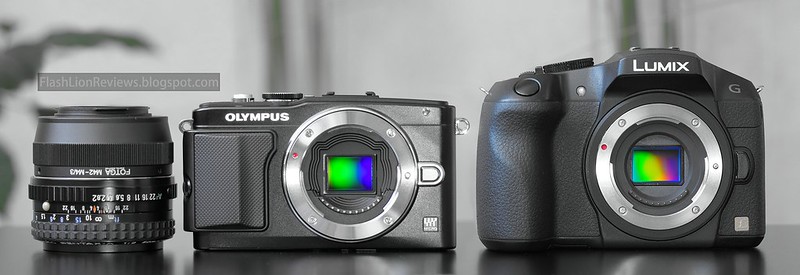
Olympus Pen Lite E-PL5
Good points:
- Great image quality,if you know the optimal settings on both camera and lens;
- Very sharp images,if you adjust the lens properly and don't apply too much noise reduction;
- Good default contrast;
- Quite fast burst rate with good buffer size for a low priced camera;
- Very compact-easy to carry;
- Full metal housing;
- All switches have nice feedback;
- I like the position on most of the switches;
- Shutter button with good feedback;
- Low noise level in sufficient lighting;
- Tilting touchscreen; Touch-focus(for stills and movies); Touch-shutter;
- Option to assign screen On/Off to a Fn button; It wakes up immediately,with no delay;
- Focus lock directly on a Fn button(I use this option a lot);
- There is digital image stabilizer settings for stills and for video,which is better than nothing;
- 2x crop for video;
- Very quick start up-quicly ready to take first picture;
- Just 0.3sec lowest auto picture preview(after shot)-helps you to stay focused on the subject;
- Works with almost any lens,via adapter;
- AF+MF without need to lock the focus before that;
- Great 14x magnification for focus checking;
- You can switch the 2x crop On/Off and change the focus zone,while filming;
- Quick auto focus for static objects,working in low light condition;
- Quite long run time with the screen on Mid brightness;
- 60 seconds long exposure; Bulb and Timer modes with live view;
- Works perfectly with any lens-in manual focusing mode(shutter and aperture priority);
- With the buffer full,you can take another picture after one picture is recorded to the memory card.In contrast-the Panasonic G6 is allowing new pictures to be taken only after clearing the whole buffer;
- 4 fully customizable settings,remembering absolutely every little setting in the menu;
- You can switch between Center focusing and 35 zone focusing with just one press of a Fn button;
- White balance is never accurate,even with user adjusted Kelvin;
- Very noisy shutter,way too distracting in low noise environment;
- Shutter is heavy and is causing shaking the camera(shutter shock),often resulting in blurred images,especially if you look for maximum detail extraction;
- Almost no grip;The stock grip pad looks like a rubber,but actually is more like a plastic;
- Tripod thread is not in the center of the lens axis;
- High noise level in the shadows in insufficient ambient light;
- No electronic shutter option;Though,there is a time adjustable delay;
- No focus peaking;
- Unpleasant compression artifacts in movies;
- No any sound when starting to shoot video;
- Poor continuous focusing; Constantly hunting;
- Slow return from screen sleep mode;
- RAW files do not provide significantly more data; JPG 10MB vs RAW 13.5MB average size;
- Specific 12 pin USB connector;
- I would like a dedicated switch for directly switching to continuous and tracking AF,but very few cameras have such;
- The screen is constantly On while transferring images to the computer; I fell asleep once and the battery was completely discharged for nothing;
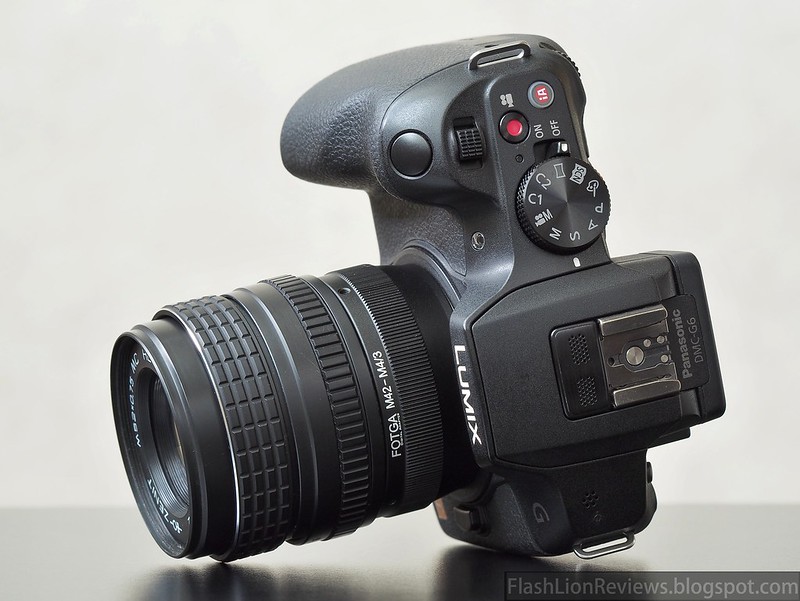
Panasonic Lumix DMC- G6
Good points:
- Very fast AF;
- Good continuous AF,with good tracking,mostly good for videos(both useless for photographing fast moving objects);
- AF works in low light condition;
- Great design with very comfortable grip; Large rubberized surface at both sides;
- Good,large viewfinder with great refresh rate; A good to have feature in bright sunny days;
- High resolution screen with 3/2 aspect ratio; Good color rendition;Excellent horizontal and vertical angle of view; In comparison,the E-PL's screen seems easier to see in direct sun light;
- WiFi connectivity with NFC. Two good applications for remote control of the shutter and adjusting the settings;
- Separate 3.5mm microphone input;
- Built in flash;
- Focus Peaking-not on the level of the newest cameras,but still is a huge help when using manual focusing lenses. I managed to track a single bird in the sky while filming;
- As a micro 4/3 camera,it can be used with almost any lens via appropriate adapter;
- Quality video with quite high for the average user bitrate.
- In camera intervalometer/ Timelaps; Stop motion animation; Panorama mode;
- Electronic shutter-gladly appreciated feature,no matter its limits;
- I don't detect any visible shutter shock,from my practice with the camera,so far;
- Video recording can be started with the shutter button;
- Changing aperture,shutter speed and ISO,while recording video;
- Very good white balance settings; Quite accurate,compared to the E-PL5;
- Articulating touchscreen display; Touch-focus(for stills and movies); Touch-shutter;
- Plastic body; Somewhat lightweight for its dimension;
- The menu seems much easier than the shocking Olympus menus,but it is far from well described and I found some options after one year of use just because it is not clear what the particular setting does change(my camera is set to English language);You have to try every single setting yourself to be able to find out what actually it does; An example is the Auto ISO-If you set its maximum to 12800 the camera will adjust it as high as this value.If you don't set maximum value,the camera goes up to just 3200. This is quite misleading imo;
- Image quality not quite on par with the E-PL5;
- No option for switching the screen On/Off by a single press of a Fn button; You can turn it off only when switched to EVF,but it wakes up with a long delay;
- The main,shutter switch is somewhat recessed.I could prefer a little different position,too;
- Minimum rec view time is 1 second,which is way too long in almost any variable scenario;
- High default contrast setting;
- Sharp images with less noise reduction have a lot of noise in the dark zones;
- Small buffer for continuous shooting;
- No extended teleconverter and digital zoom when shooting RAW or RAW+JPEG files; Available only for JPEG recording;
- Cannot enable/disable extended teleconverter while filming; I use this feature on the E-PL5 a lot,when shooting videos of birds or the Moon;
- No any kind of in-camera image stabilizing,not even digital; This requires a faster shooting speed,more often using a tripod;
- Does not adjust the ISO(at all) in Shutter priority mode when using manual focusing lenses and Olympus M4/3 lenses;It also does not show real preview in these modes,so you actually do not have an idea of the end photo;
- Can not assign shutter speed controlling to the top function lever.It could be controlled only by the rear positioned dial,which I found way too heavy for frequent quick operation;
- Biggest disadvantage for me,so far is the mode separation. If you change the auto focus mode while taking pictures,this will change the focusing mode for videos,as well. So you have to set the desired focusing mode,every time after switching the control dial to a different mode.
Yes,this was expected having info for the features on both cameras and reading the reviews from more experienced photographers.
One thing still impresses me and brings me to use the G6 more and more for still images,not only for videos-its amazing fast auto focus.It just blows away the E-PL's auto focus,which is also stated by many as very fast. From my experience,the G6 is at least two times faster and increases the chance for more successful pictures significantly. But here comes the short 7 frame buffer...It's best to decide which camera to use,depending on the particular occasion;
E-PL5 with a manual focus lens.

E-PL5 with the 40-150 kit lens. Low light condition. High ISO.

E-PL5 with a manual focus lens.
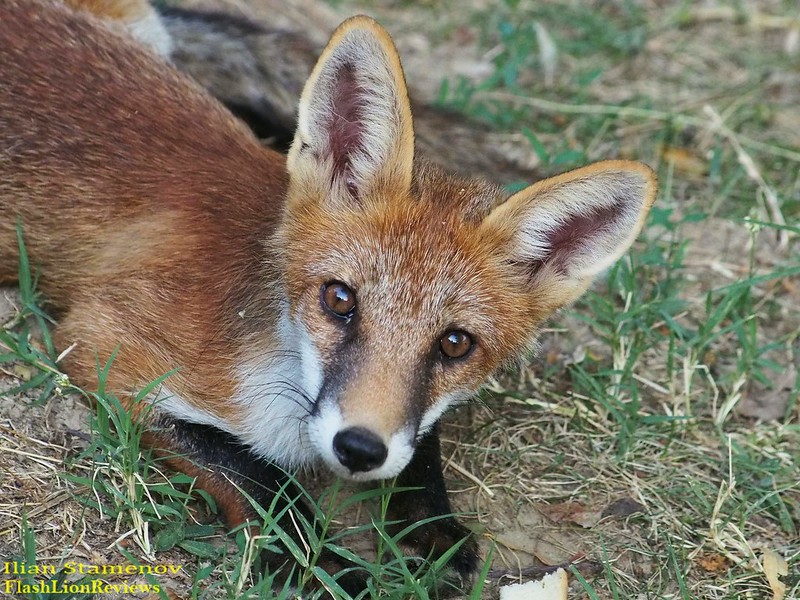
E-PL5 with a manual focus lens.

E-PL5 with a manual focus lens.

Panasonic G6 with the Olympus 40-150 kit zoom lens.

Panasonic G6 with the Olympus 40-150 kit zoom lens.
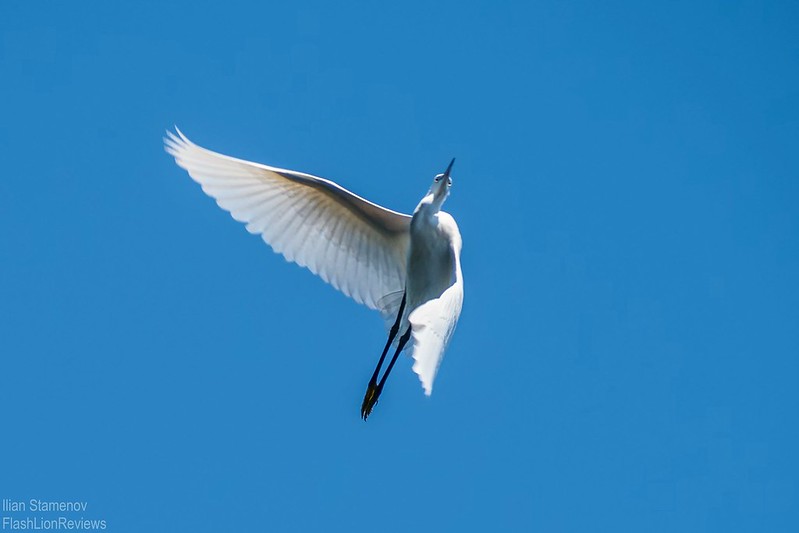
Olympus E-PL5 with the Pentax DAL 55-300 lens=manual focus.
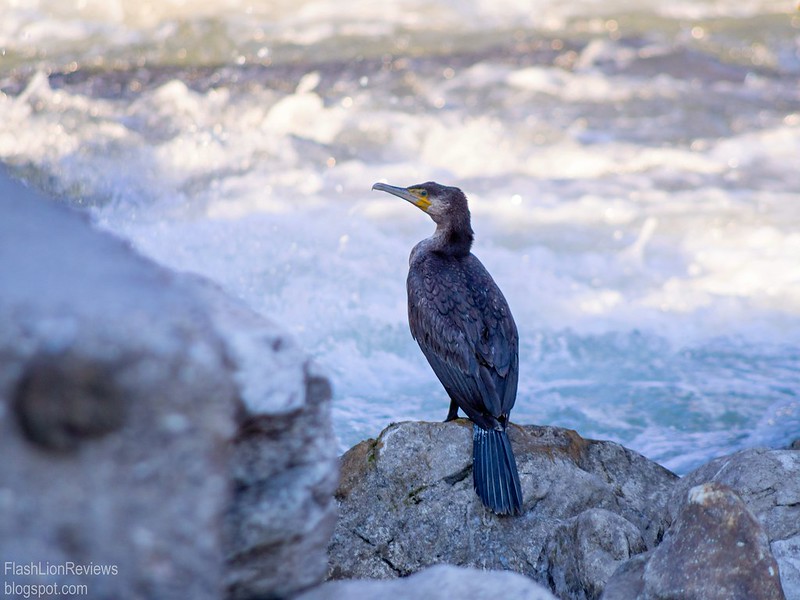
Olympus E-PL5 with the Pentax DAL 55-300 lens=manual focus.
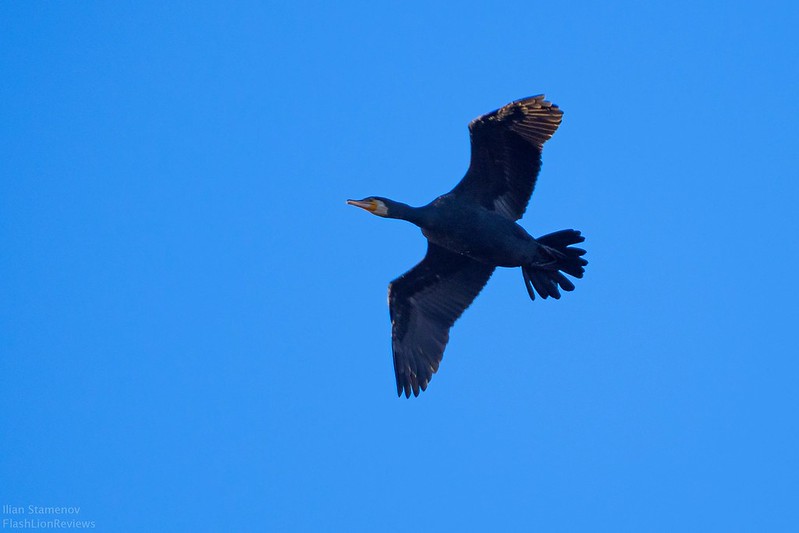
Panasonic G6 with the Olympus 40-150 kit zoom lens.
Demonstration of the very fast AF and good shadow recovery of the RAW files.
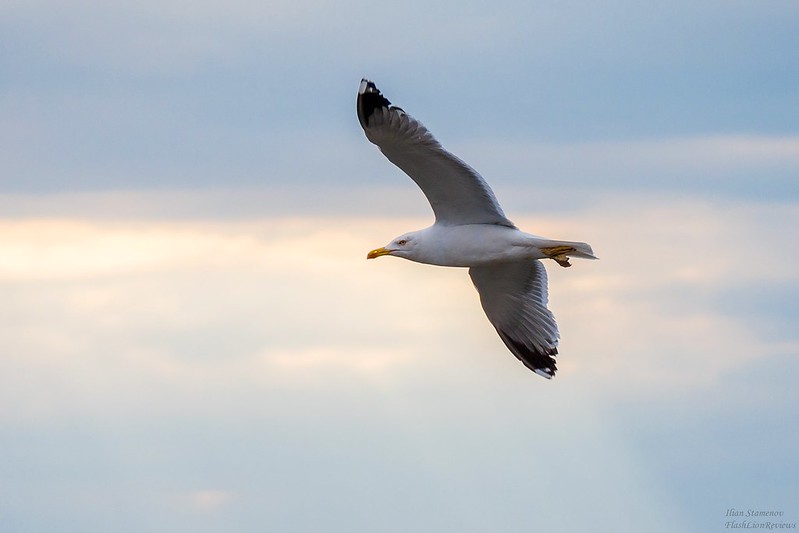
Panasonic G6 with the Olympus 40-150 kit zoom lens. Great combination.
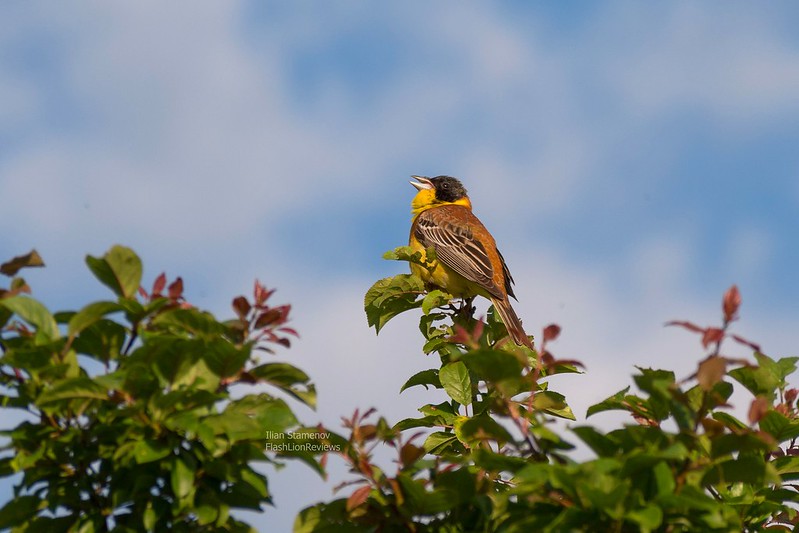
There is no perfect camera,nor any other perfect product; It's best to know all features,as this will help to decide what combination of features will work better for your way of shooting.
It's also good to have a few cameras(now matter they are not the newest),so you can learn more features and see,which work better for you.
Practicing with different cameras and lenses is the only way to progress in photography.
I started with compact point and shoot cameras and the need to learn more and take better pictures led me buying mirrorless cameras with interchangeable lenses. Don't worry if you can't buy the newest and currently most popular cameras. A few years old cameras do the job quite well,as in many cases the difference is in some fancy features/add-ons,which in many cases may not help you to take better photos,at all.
As many pro photographers will tell you,the lens is a more important part of the setup.A quality lens with large aperture will let you more often to use lowest ISO and to shoot with higher speed-resulting in higher quality photos,especially when shooting outdoors.Sharpness of the lens is also crucial,if you plan to crop your pictures(of birds,etc.) significantly. A cheap blurry lens may bring your 16MPx sensor to capture just 6MPx resolution.
A photographer with a good knowledge and cheap camera could take better pictures,than other with an expensive camera and little knowledge about photography;
Feel free to contact me for any questions or cooperation related to photography!


No comments:
Post a Comment
Post a comment or question